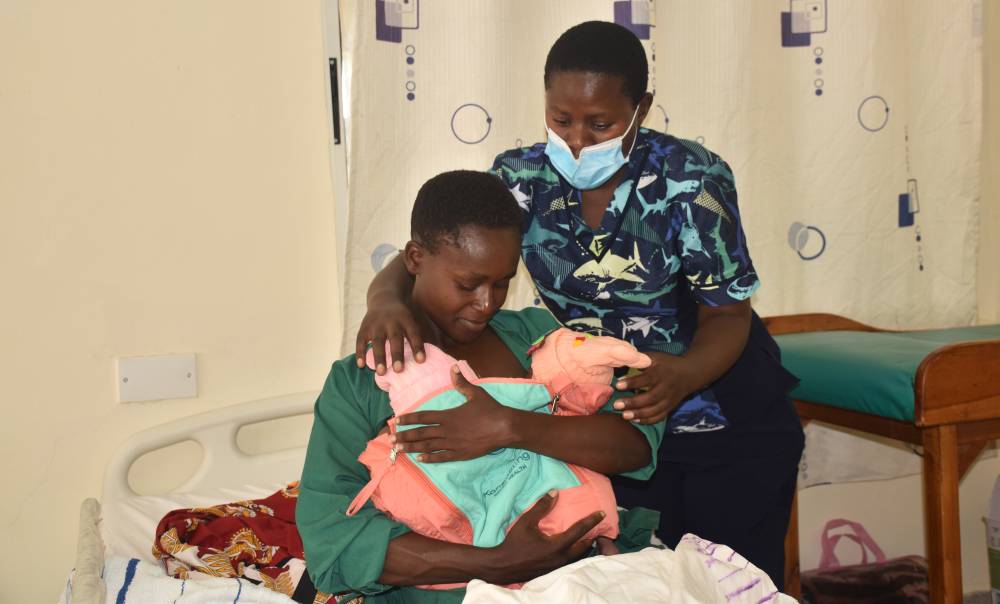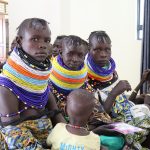Just before sunrise in Mundulu village, Kakamega County, 42-year-old Keran Mmbone’s day took a terrifying turn. A sudden urge to relieve herself was followed by uncontrolled bleeding as torrents of blood mixed with flesh-like clots gushed out.
“I was bleeding nonstop. It felt like life was draining out of me,” she says, recalling the moment her son ran in with a torch and found the floor already soaked. Her husband arrived seconds later, stunned and helpless.
Two hours later, as health workers from St Elizabeth Mukumu Hospital lifted her into an ambulance, Mmbone delivered a tiny baby before collapsing. At the hospital, she woke to news that her infant, frail, struggling, and weighing just 1,200 grams, was fighting for life.
Her medical history complicated everything. A family planning method had failed twice, and a private clinic had misdiagnosed her missed period as a “growth.” At Mukumu, doctors pieced the puzzle together: she had been pregnant all along, and severe preeclampsia had triggered a premature birth.
“The doctors told me it was an ectopic pregnancy. If I had not reached the hospital in time, I would not have survived,” she said.
Her baby’s weight dipped to a dangerous 900 grams. For four days, she produced no breast milk. When milk finally came, the baby was too weak to suckle, surviving only on hospital feeding. After a month in the incubator, he was moved to the Kangaroo Mother Care (KMC) ward, where Mmbone held him skin-to-skin, chest to chest, hour after hour. After two months, he was discharged.

Home care came with new burdens. Formula milk cost her Ksh4,000 each month, money she raised by selling chickens. But resilience, community support, and KMC paid off: her once-fragile son now weighs 3,500 grams at five months.
Mmbone’s story is far from isolated. In Kenya, premature births are among the top causes of newborn deaths, but KMC, a low-cost method requiring little more than a mother’s warmth, is rewriting survival stories.
A baby born before 37 weeks of gestation is considered preterm. Globally, 15 million babies are born too soon every year, which is one in every 10 births, according to the World Health Organization (WHO). Prematurity remains the leading cause of death among children under five, with the heaviest burden in low- and middle-income countries.
In Kenya, the Kenya Demographic and Health Survey (KDHS) 2022 estimates 134,000 preterm births annually, a prevalence of 7.14 per cent. Many of these newborns die from complications or survive with lifelong disabilities. The country’s neonatal mortality rate stands at 21 per 1,000 live births, almost double the SDG target of 12.
Behind these statistics are women like Grace Khasula.
“When you hear another baby has died, you think it’s yours.”
Khasula, a high school teacher from Bungoma, still remembers the night fear took over. She had spent months on bed rest due to placenta previa, a dangerous condition where the placenta blocks the birth canal and can cause severe bleeding.
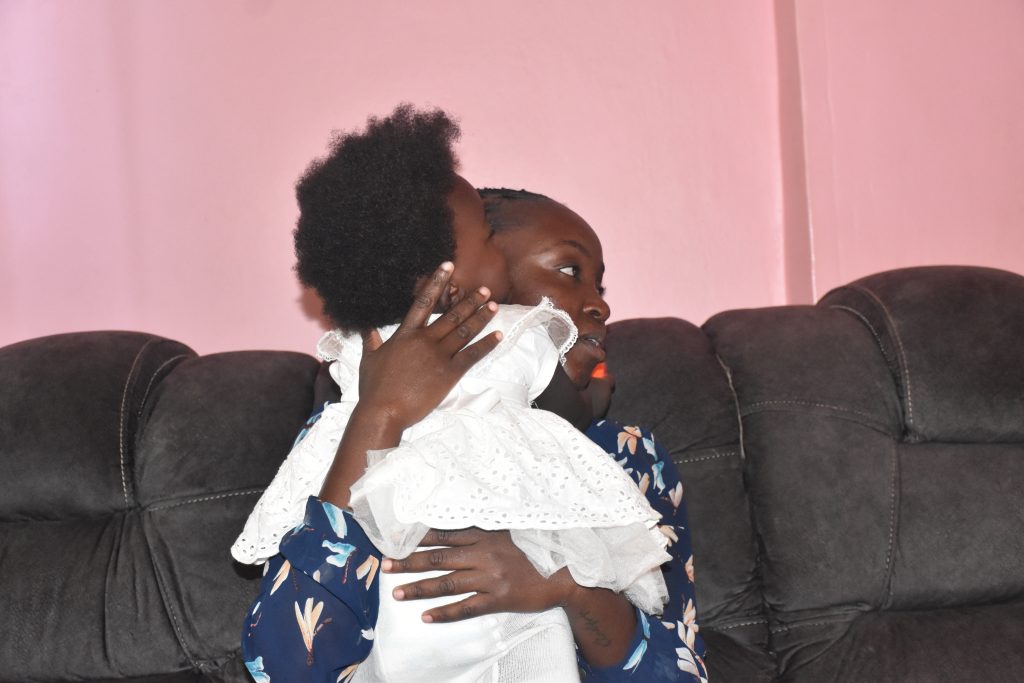
One evening, after cleaning her bathroom for the first time in months, she noticed blood. Hours later, she was rushed into an emergency Caesarean section at Bungoma County Referral Hospital. Her daughter weighed just 2,040 grams and struggled to breathe.
“When she was shown to me, I got scared. I didn’t expect her to be that tiny. It was only after the nurses reassured me that she would survive that I felt some hope,” she said.
Her daughter spent weeks in an incubator, fed through tubes while Khasula expressed milk. Later, they were transferred to the KMC ward. But mentally, she was breaking.
“I spent a month in the hospital, including 20 days in the newborn unit, then 10 in KMC. At the Newborn Unit, it was the most difficult time. When your baby is in the unit and you hear that another has died, you think it’s yours. It’s emotionally draining.”
Kangaroo care was unfamiliar and frightening. “You hold this tiny baby on your chest, unclothed, and it’s supposed to help her. I cried. I thought I was going to lose her, but the doctors encouraged me.”
After discharge, new challenges emerged. Her daughter developed jaundice. Formula milk, costing Ksh2,200 per tin, became essential. “I spent about Ksh10,000 monthly on her care,” she said.

Like Khasula, for Maureen Mulongo, a nurse at Lunakwe Dispensary in Bumula, motherhood has been a journey shaped by loss and resilience. Her first baby, born at 31 weeks, did not survive. A year later, in October 2022, she delivered her second preterm baby, also at 31 weeks, at Bungoma County Referral Hospital.
Her daughter weighed 1,300 grams. Within four days, her weight dropped to 1,100 grams.
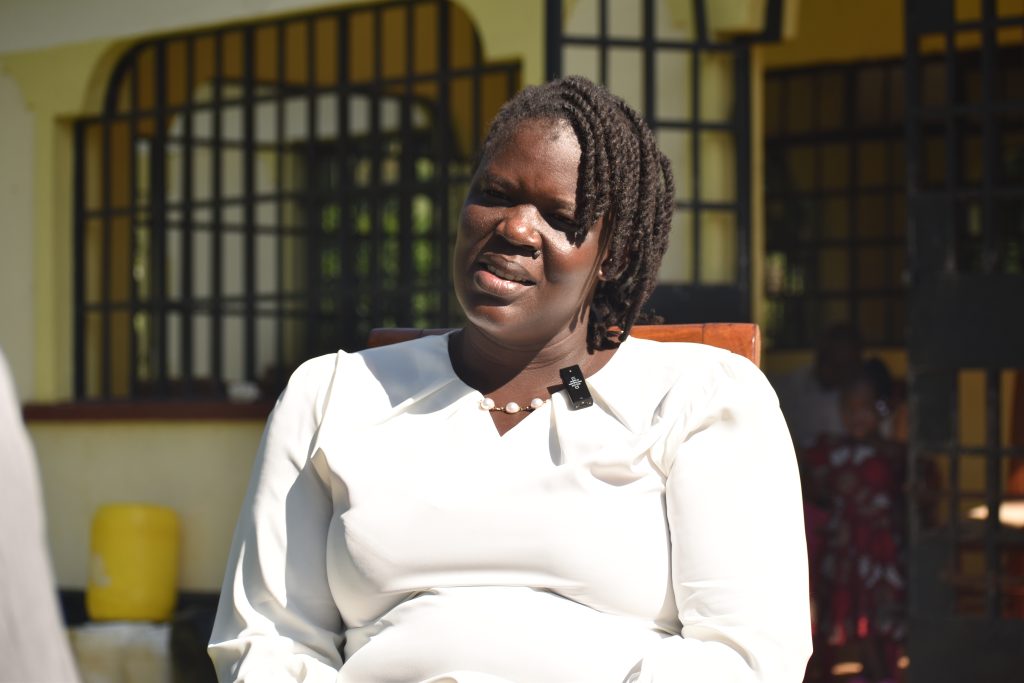
“When you are at the NBU, it’s the life of your child you are dealing with, and you put the profession aside,” she said.
Fear consumed her, especially because of her earlier loss.
“For this one, I thought I would lose her, too. But the support from nurses, doctors, friends, and family kept me going. They even nicknamed her a ‘miracle baby’ because she wasn’t meant to survive,” Mulongo said.
Mulongo’s husband, former police officer Chrisantus Mathews Khaemba, became her rock.
“He provided everything, from food to diapers, even three times a day. When a mother is stressed, milk production reduces, but with support, you keep going,” she said. Today, her daughter is three years old and thriving.
Khaemba remembers the ordeal vividly. “The first pregnancy was tough. We lost the baby. This time, I was present. I gave her emotional and psychological support.”
Their surviving daughter needed formula milk costing Ksh1,800 per tin, an expense that rose to over Ksh10,000 a month. “But we followed the doctors’ instructions, and today she is healthy with no complications,” he said.
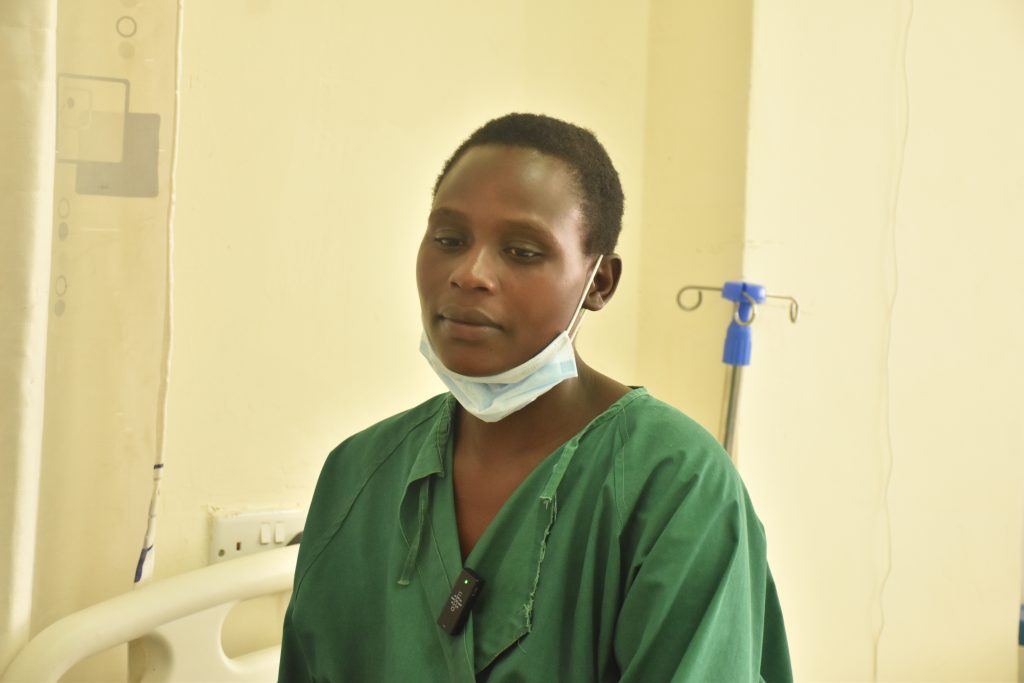
Bridgit Naliaka from Tongaren remembers the joy and terror of delivering twins. The first cried immediately; the second was silent, stiff, and dark in colour. She watched as nurses placed the second baby on oxygen until a pink flush slowly returned.
Both babies, weighing 2,100 grams, were referred to Bungoma County Referral Hospital’s NBU. A week later, tragedy struck: one twin died.
“It was my first set of twins, and I was happy despite the challenges,” said Naliaka, already a mother of three. Her surviving child’s weight dropped to 1,400 grams, but began gaining weight after being moved to the KMC ward.
For many parents, prematurity is a lifelong emotional wound
But not every KMC story ends in survival. In December 2024, 23-year-old Susan Wangechi delivered an 800-gramme baby at Malava Sub-County Hospital. After weeks of specialised care, her child was discharged at a healthy 2,800 grams. But at four months, the baby died suddenly, leaving her devastated.
For many parents, prematurity is a lifelong emotional wound.

At Bungoma County Referral Hospital, paediatrician Dr Felistas Makokha, specialising in neonatal and perinatal care, confronts the fragile realities of premature births daily.
“Thirty per cent of babies admitted here are preterm, compared to the national average of 12 per cent,” she says.
The causes are wide-ranging, from maternal, placental, and foetal. Pre-eclampsia, malaria, and HIV heighten maternal risk, while placenta previa, abruptions, and placental disorders threaten pregnancy viability. Foetal risks include multiple pregnancies, which are common in Bungoma, as well as congenital infections.
The hospital’s Newborn Unit has 60 beds but receives 120-150 babies each month. Smaller facilities in Webuye, Kimilili, and Sirisia refer high-risk cases to Bungoma, where incubators, radiant warmers, and improvised plastic wraps are used to stabilise the tiniest newborns.
“Kangaroo Mother Care has been a lifesaving, low-cost solution since 2014,” Dr Makokha says.
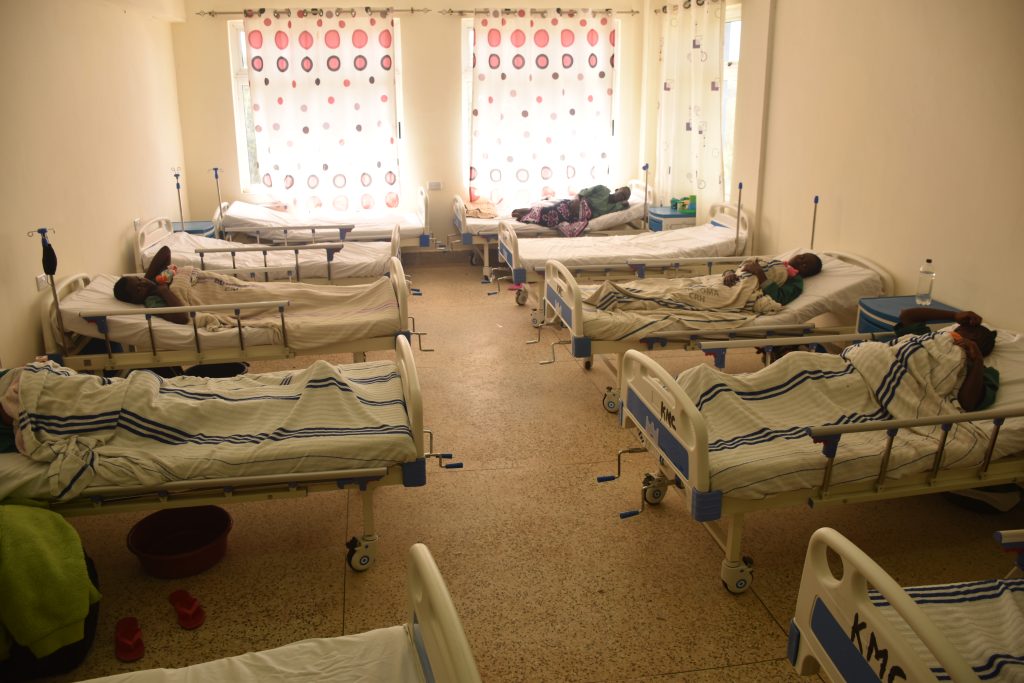
In Kakamega County Referral Hospital, senior nursing officer Eileen Muhavi faces similar pressure. With just six beds, the unit is always overstretched. Respiratory distress, hypothermia, sepsis, and jaundice are common complications, managed through Continuous Positive Airway Pressure (CPAP), incubators, KMC, hygiene, and phototherapy.
“We teach mothers how to kangaroo their babies, and it reduces mortality because it only requires the mother’s warmth,” she says.
The challenges are not only medical. KMC requires mothers to sit for hours, sometimes causing swollen feet and back pain. Some battle stigma as “In some communities, preterm babies are considered outcasts and relatives rarely visit,” Muhavi says.
Fathers, however, are transforming care. “Some even practice kangaroo care when mothers have had C-sections. Fathers often do better, and it prepares them for when they go home,” she adds.
Beverly Wambani, Kakamega County’s Coordinator for Reproductive, Maternal, Newborn, Child, and Adolescent Health, says preterm births remain high, largely due to adolescent pregnancies, poor maternal nutrition, and harmful myths.
Rwanda has successfully reduced preterm-related mortality to below 15 per 1,000 live births
Kakamega has strengthened its community health strategy with 4,200 community units. Community Health Promoters map pregnant women during household visits and link high-risk mothers to health facilities.
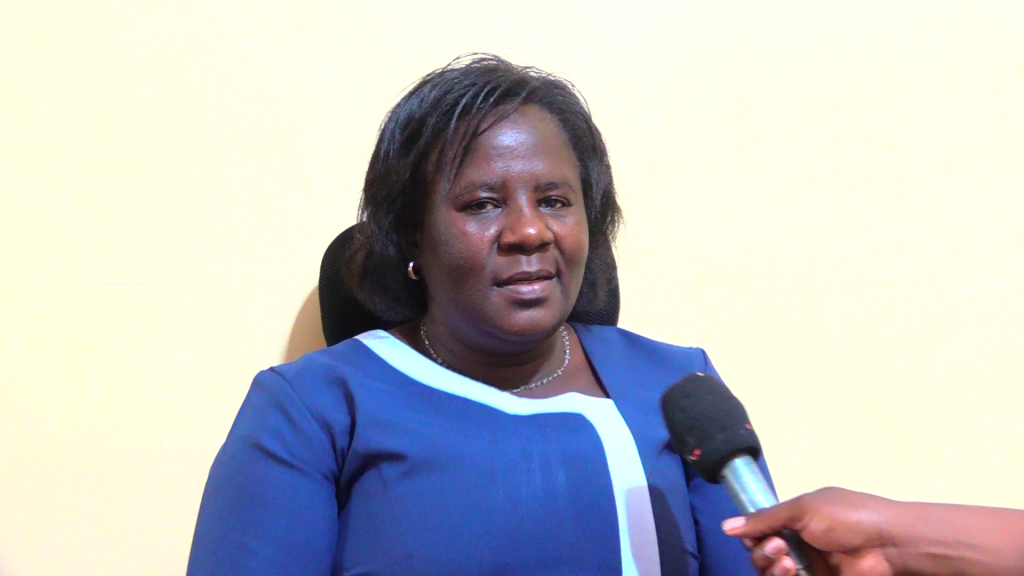
Until recently, Kakamega had only one newborn unit. Now, new facilities in Likuyani, Malava, and soon Butere are expanding access. KMC, Wambani says, remains the most powerful tool.
“When a baby is born under 1,500 grams, they are placed skin-to-skin with the mother. Incubators are expensive, but with KMC, you save both lives and resources,” she says.
Survival rates reflect this. Malava Sub-County Hospital recorded 148 preterm admissions and 112 discharges in 2024, a 75.68 per cent survival rate. Kakamega County Referral Hospital recorded 420 admissions and 247 discharges; a 58.81 per cent survival rate.
Wambani says lower survival rates at the county referral hospital are attributed to delayed referrals, with many babies arriving in critical condition after being born at home or in under-resourced facilities. Despite its smaller size and limited resources, Malava Sub-County Hospital is reporting better neonatal outcomes than the regional referral facility. This surprising trend is largely attributed to timely access to care and early intervention.
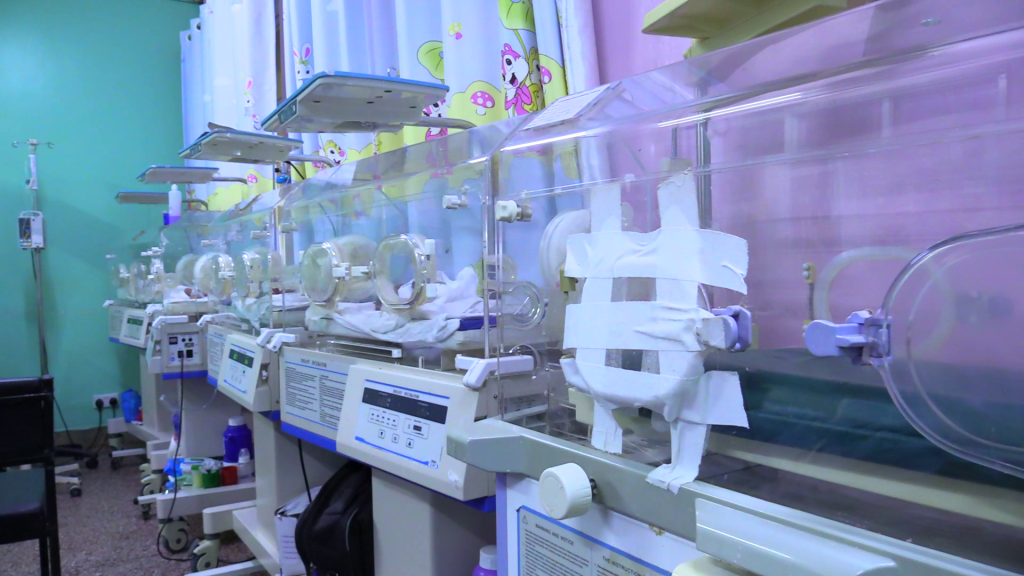
Bungoma County Referral Hospital reported 800 admissions and 560 discharges, a 70 per cent survival rate, with neonatal nurse Maureen Natembeya saying that caring for preterm babies requires both skill and compassion. On some days, the unit admits up to five preterm babies, and at times as many as 150 are under care.
“Most mothers come from rural villages and have never heard of KMC. They are not prepared for preterm birth, so we first counsel them and encourage hope,” she says.

For infants on oxygen or CPAP, kangaroo care begins in short sessions. Once stable, mothers are encouraged to do 20-22 hours daily. Feeding is another hurdle as formula milk is costly and often unavailable, forcing reliance on IV fluids and gradual feeding.
Countries facing similar challenges offer inspiration. Rwanda, through strong community health worker systems, facility-based deliveries, and universal KMC adoption, has reduced preterm-related mortality to below 15 per 1,000 live births.
India, with over 3.5 million preterm births annually, has improved outcomes through innovations like Special Newborn Care Units and home-based newborn care, models that could guide Kenya’s county strategies.
At the heart of these stories is a simple but profound intervention: a mother holding her fragile child against her bare chest.
“The most rewarding moment,” Natembeya says, “is when a mother accepts her situation and you see her baby steadily gaining weight.”
For many families in Kakamega and Bungoma, Kangaroo Mother Care is the difference between life and loss, hope and despair, grams and kilos.



